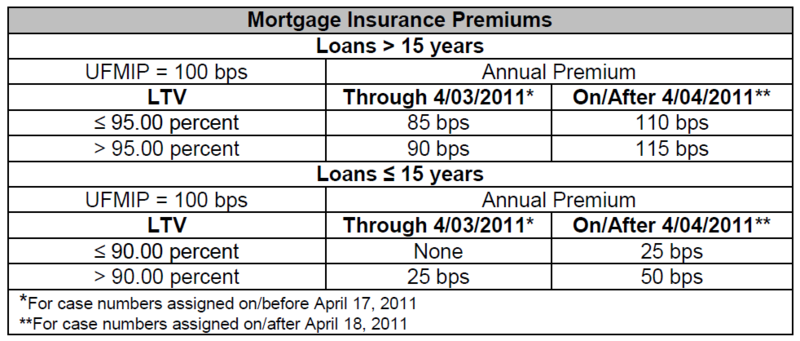I’m going to start this post by saying I can bet certain people are going to chime in that this needed to happen and LO’s will still thrive and do fine…and I can also bet that those who will sing that song have not recently been a mortgage originator. They may be exposed to mortgage originators from being employed in the real estate industry, but in my opinion, they are “arm-chair quarterbacks” at best. Enough said…on to my post.
Effective April 1, 2011 rules regarding how mortgage originators (anyone who takes a residential loan application) may be compensated will be implemented. Currently most mortgage loan originators (MLO) are paid by the consumer (points), by the wholesale lender (rebate pricing) or a combination of both. MLOs may also be paid a salary and receive additional compensation based on volume (many banks pay this way). These rules are created by the Fed through modifications to Reg Z. Even though the rule goes into effect on April 1, 2011; lenders will probably enact deadlines in advance (sometime in March).
It’s no surprise to me that there are two different sets of rules based on if the mortgage loan originator is employed by a bank or true corresponent lender (like Mortgage Master Service Corporation) verses a mortgage broker. MLO’s who are employed by a bank or true correspondent are not paid directly by the consumer, they are paid by their employer (also referred to as the “creditor”). Mortgage Brokers are once again kicked in the teeth with the changes to Reg Z. I do wish we all had the same set of rules (including all being licensed) as consumers should not have to determine the type of originator and varying set of the regulations that apply.
Mortgage Brokers will no longer be allowed to receive “dual compensation”. This means that MLOs employed by a mortgage broker will only be able to recieve compensation paid by the consumer OR paid by the wholesale lender. Let’s say that today, a rate priced with zero points is 5.000% (rebate pricing is 1 pt to the broker) and priced with 1 point origination fee paid by the consumer buys the rate to 4.75% (zero rebate from the lender), a mortgage broker could offer these scenarios. If the consumer decided they would like to have the rate of 4.875% and are willing to pay 0.5% in origination fee with the broker receiving 0.5% from the wholesale lender in rebate, this is not allowed per Reg Z. From my understanding, retail mortgage loan officers (employed by banks and true correspondents) will still have this option because the consumer is not directly paying the mortgage originator. I’m very thankful that I work for a correspondent lender, however it’s really not fair for the mortgage brokers.
Mortgage Loan Originators may not be paid based on the terms and conditions of the loan. The loan amount is not considered a term or condition however the interest rate is. This rule also prohibits “steering” a consumer to lender offering less favorable terms in order to increase the loan originator’s compensation”.
Owners of mortgage companies are currently scrambling trying to figure out how to compensate their mortgage originators.
In my opinion, changes to RegZ seem to favor how many big banks have been paying their mortgage originators: volume. How does a consumer benefit when the MLO who is taking care of their purchase or refinance is compensated by how many loans they can close in a specific period of time? Banks will continue to pay their MLOs less per transaction as they complete as many loan applications as possible as they sit and wait for next trusting bank customer to walk into the branch. In my opinion, banks want to pull the industry (quality of mortgage originator) down to their level so they have less competition.
I’m wondering which industry will our government get into next to control how one is paid? With what’s gone wrong in the housing industry, are the commissions paid to a real estate agent low hanging fruit?
If your bank doesn’t charge an overage or points, what do you call this?
How am I paid? (2007)











Recent Comments